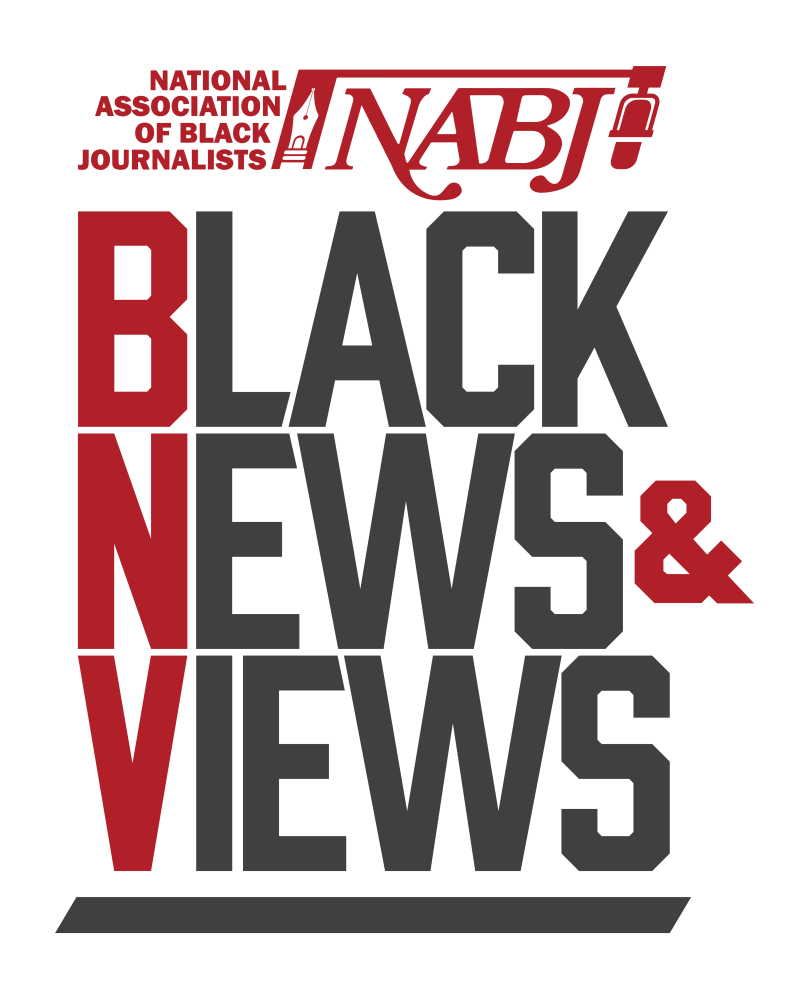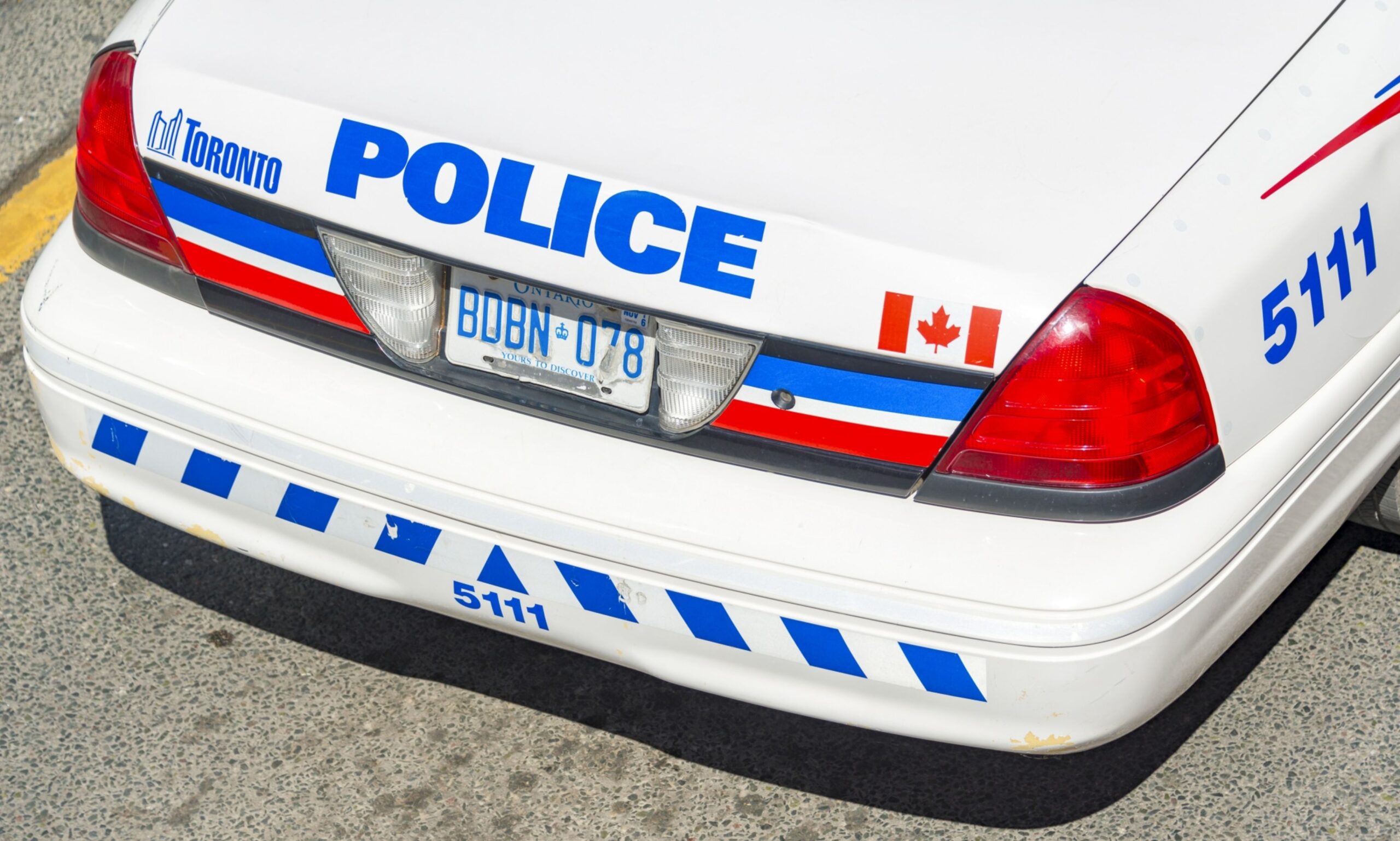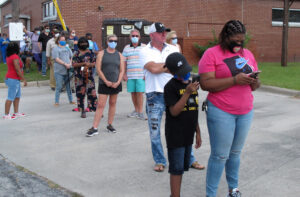Police in Canada’s largest city are much more likely to use force against Black, Indigenous and racialized people than White residents, according to a report released Wednesday by Toronto’s police force.
Almost 40% of people subjected to police force in 2020 were perceived to be Black, despite making up about a tenth of the city’s population. By comparison, 36% of cases where forced was used involved White individuals, who are about 46% of the population.
Toronto Police Chief James Ramer apologized for the findings, which came in response to decades of calls for action to address systemic racism and discrimination faced by Indigenous and racialized groups.
“This data demonstrates the unfortunate realities of those experiences,” Ramer said in a news release. “For this, as Chief of Police, and on behalf of the service, I am sorry and I apologize unreservedly.”
Enforcement and Force
The report looked at almost 700,000 interactions with police in 2020, ranging from traffic stops to calls to respond to violence. About 87,000 resulted in some kind of enforcement action.
Black people were 2.2 times more likely to face enforcement action, Indigenous people 1.6 times and Middle Eastern people 1.3 times. Black and Middle Eastern people were also more likely to be subjected to force — a pattern characterized as “high contact, high conflict.”
Latino, East Asian and Southeast Asian people showed a “low contact, high conflict” pattern, meaning that while they were not over-represented for enforcement actions, they were disproportionately more likely to be subject to force. Indigenous people were less likely to be subjected to force, despite being more likely to face enforcement actions.
Strip Searches
Among those who were arrested, Indigenous people were 1.3 times more likely to be strip-searched. Black and White people were also over-represented in this group, compared to their presence in all arrests.
That said, the number of strip searches dropped more than 90% between 2020 and 2021 after authorities implemented a new policy and procedural changes.
The report recommended 38 actions, including:
- Revisions to use of force procedures
- New police training, including some specialized education on equity and implicit bias
- Revisions to procedures for using force
- Revisions to officer performance reports
- Developing an Indigenous-specific report
“As difficult as these findings are, we recognize that this is some of the most important work we have ever done,” Ramer said. “Getting to this point with our data has been challenging, but we are committed to using the 2020 findings as a baseline to build upon actions that have already begun and will continue in the years ahead.”
© 2022 Bloomberg L.P.





